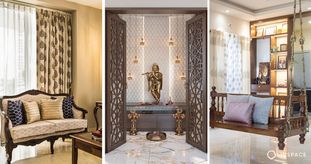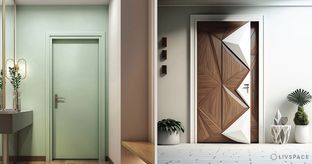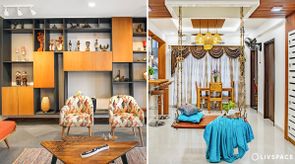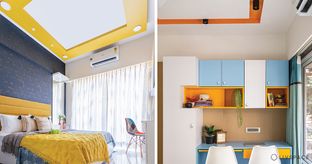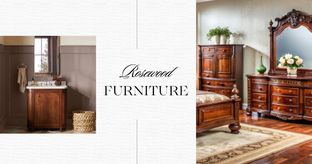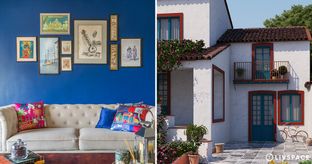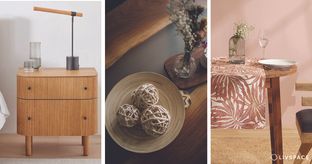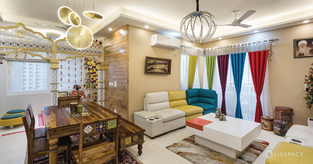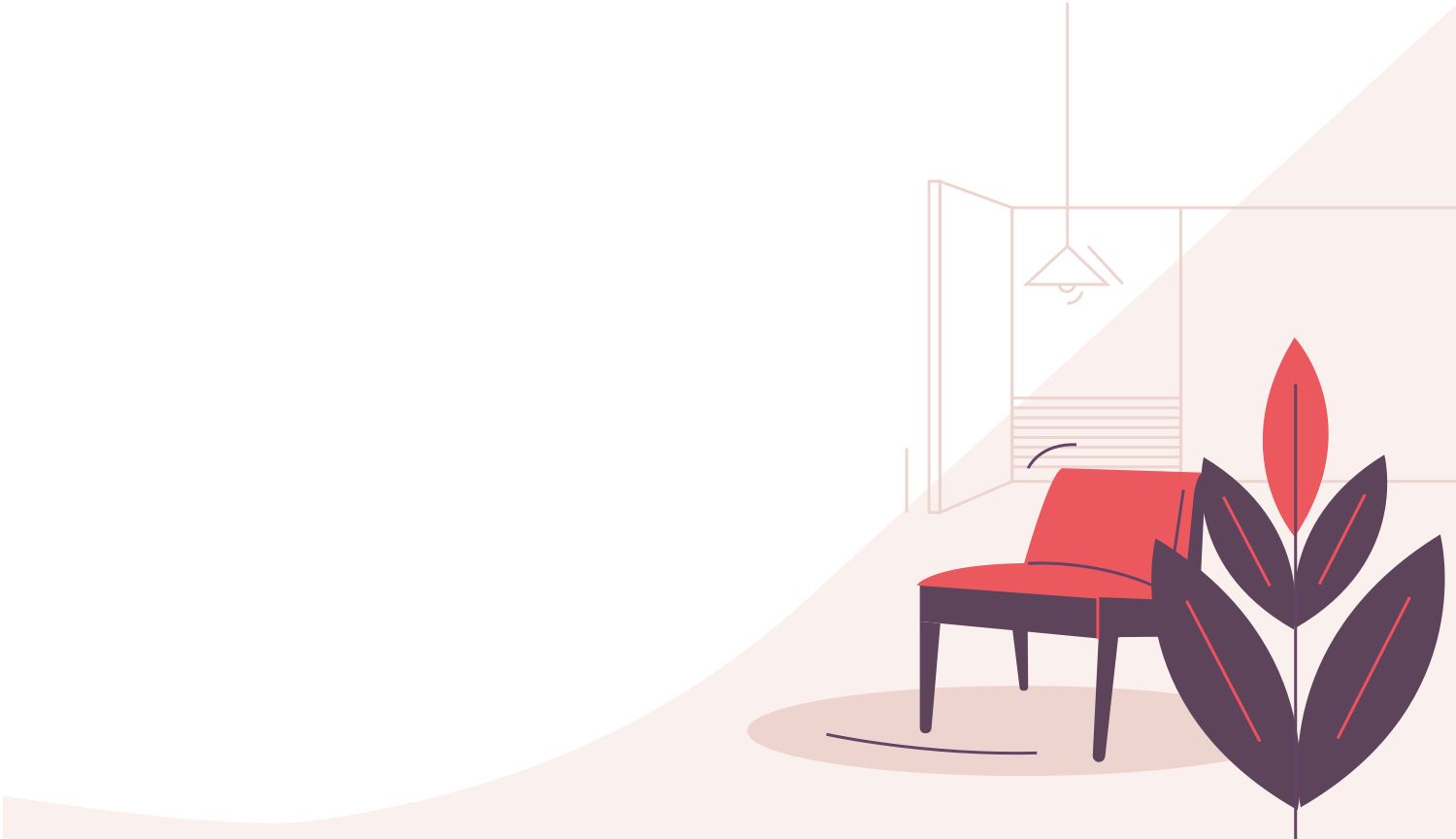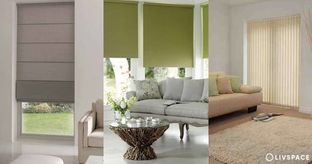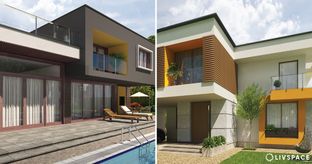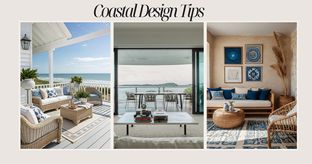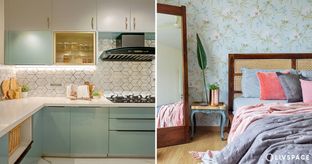In This Article
- Changes in Interior Design Over Time: The 1970s
- Changes in Interior Design Over Time: The 1980s
- Changes in Interior Design Over Time: The 1990s
- Changes in Interior Design Over Time: The 2000s
- Changes in Interior Design Over Time: The 2010s
- Emerging Trends of 2020s
- How Can Livspace Help You Transform Your Home?
Like fashion, interior design trends change over the years. You probably would have noticed how your grandparents’ home is completely different from your own! By looking at the past, it’s easy to identify the interior design trends that defined a particular decade. Today, Livspace answers the question ‘how has interior design changed over the years?’.
Here are some current and historical trends of how interior design has changed over time:
Changes in Interior Design Over Time: The 1970s

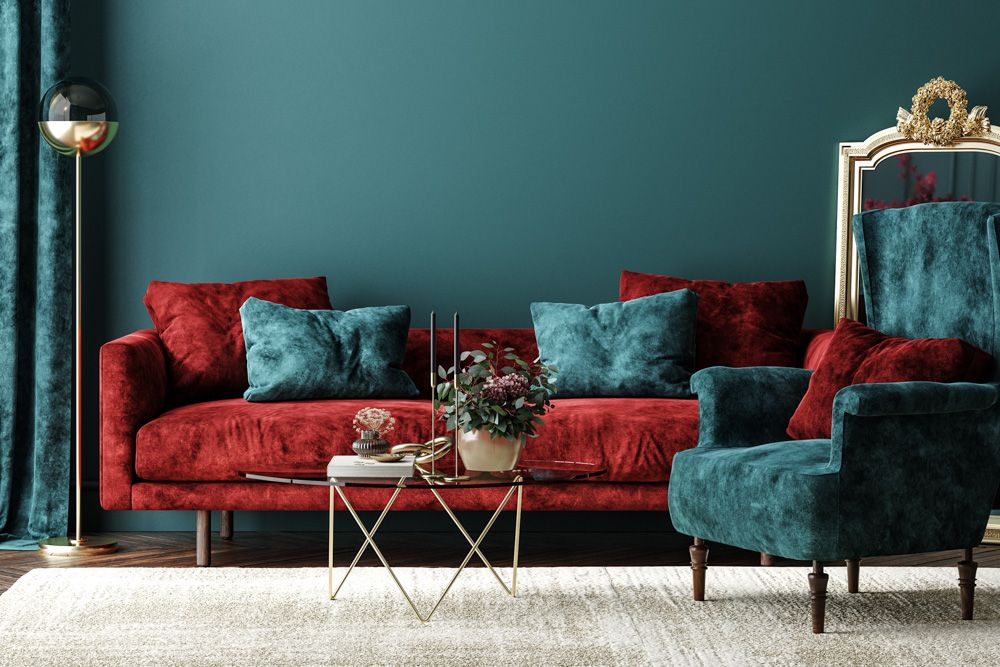
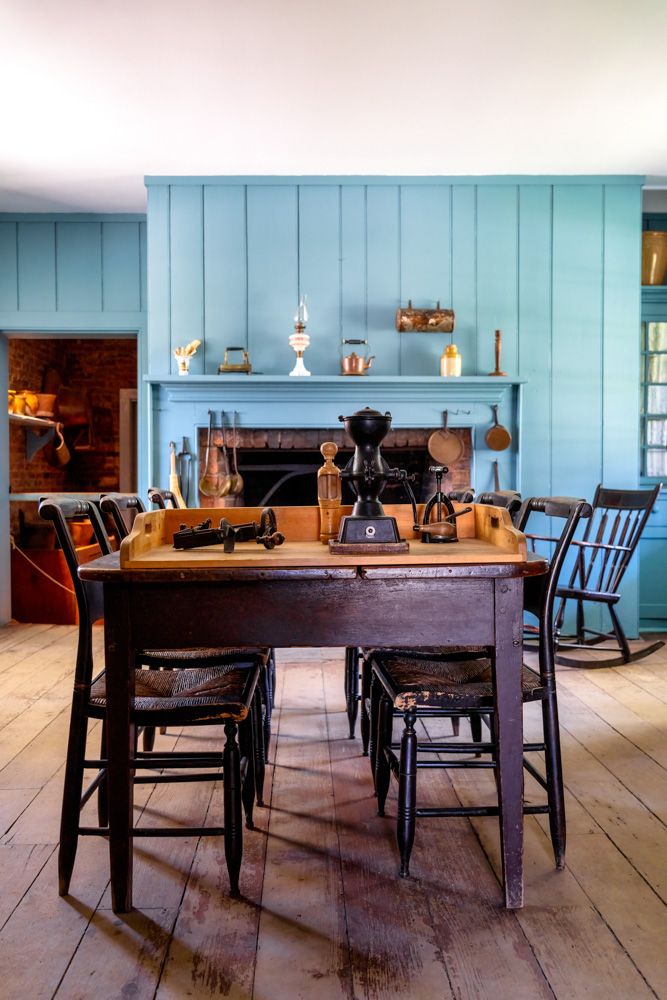
For most homes in the 1970s, the living room was the focal point where you could see the major design elements. It’s typically called a ‘family room’ or a ‘den’, and was a social space that was designed to make an impression. In the 70s, vivid colours, loud designs and free spirits were trends that permeated not only popular culture but also home decor.
Basically, warm colours like brown, blue, orange, and red made up the majority of the colour scheme in a home design from that era. Also, the shag carpets, floral prints, an open floor plan, woodgrain and stone accents, and rich textures on the walls and ceilings were characteristics of 1970s house design. The design experts, however, remember 1970s for their popularised smooth surfaces, acrylic materials, colourful patterns on the walls and floors, and timber finishes and glass tops.
Changes in Interior Design Over Time: The 1980s
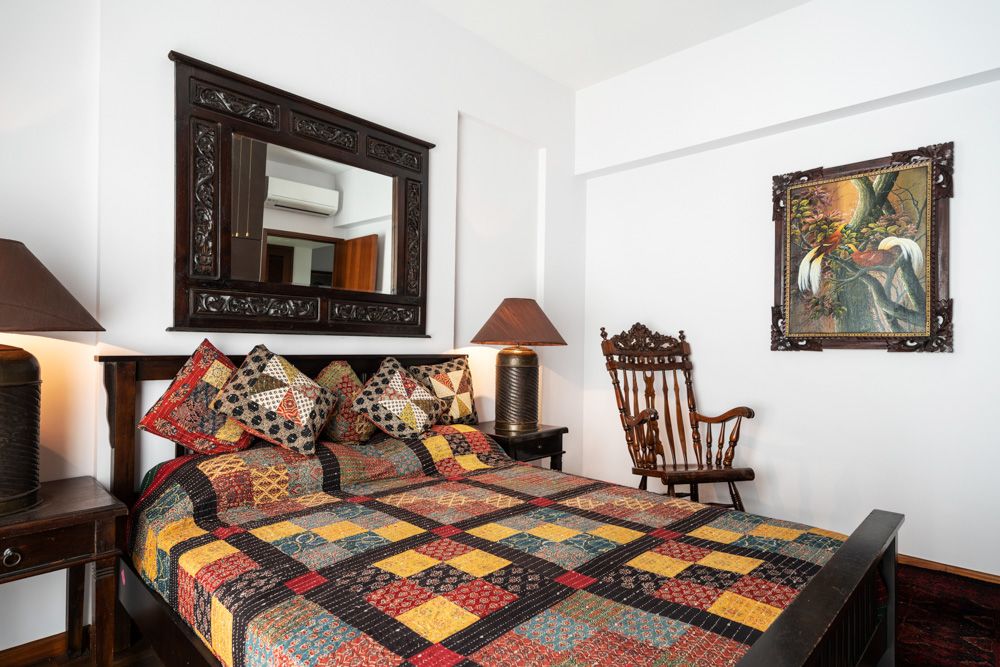
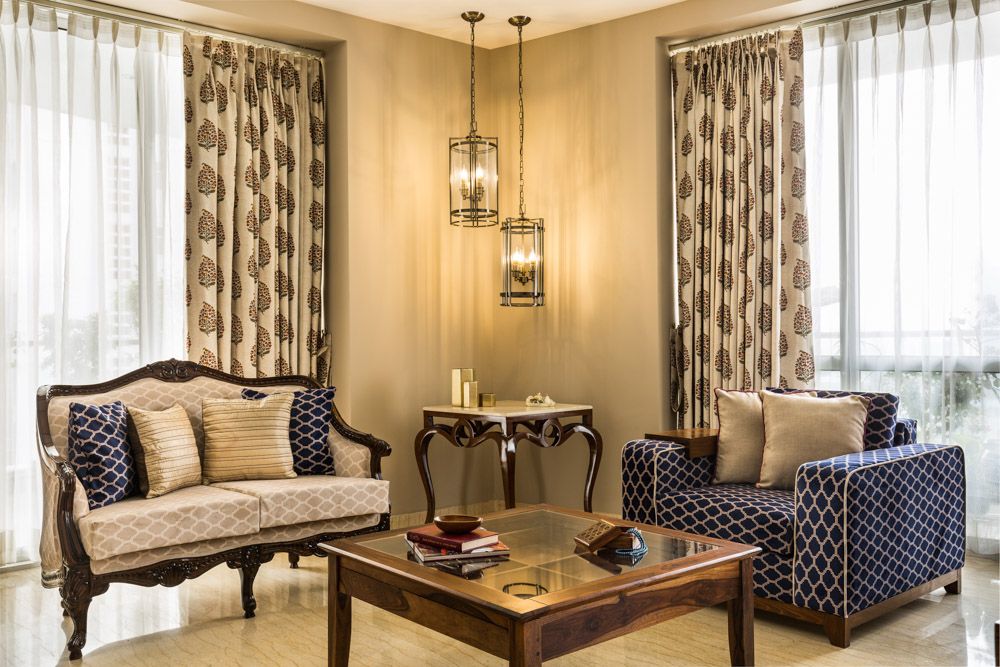
The bold colours used in the interior design over the years of the 1970s fell out of trend in the 1980s, but most of the contemporary design concepts survived. The vibrant colours popular in 1970s home decor evolved to softer, more natural hues by the 80s. With the advancement of technology, entertainment equipment like televisions, radios, and even DVD players became a part of every household and home decor started to revolve around them. It sets a promising answer to the question how has interior design changed over the years.
Carpeting was, now, less popular in the living room area and was mostly seen only in bedrooms. Deep reds and yellows were employed. According to Livspace, the open floor plans were still present, along with clean but angular furniture. Chequered kitchen floor plans went viral, and polypropylene was increasingly used to construct furniture instead of the more traditional and pricey natural wood and building materials.
Changes in Interior Design Over Time: The 1990s
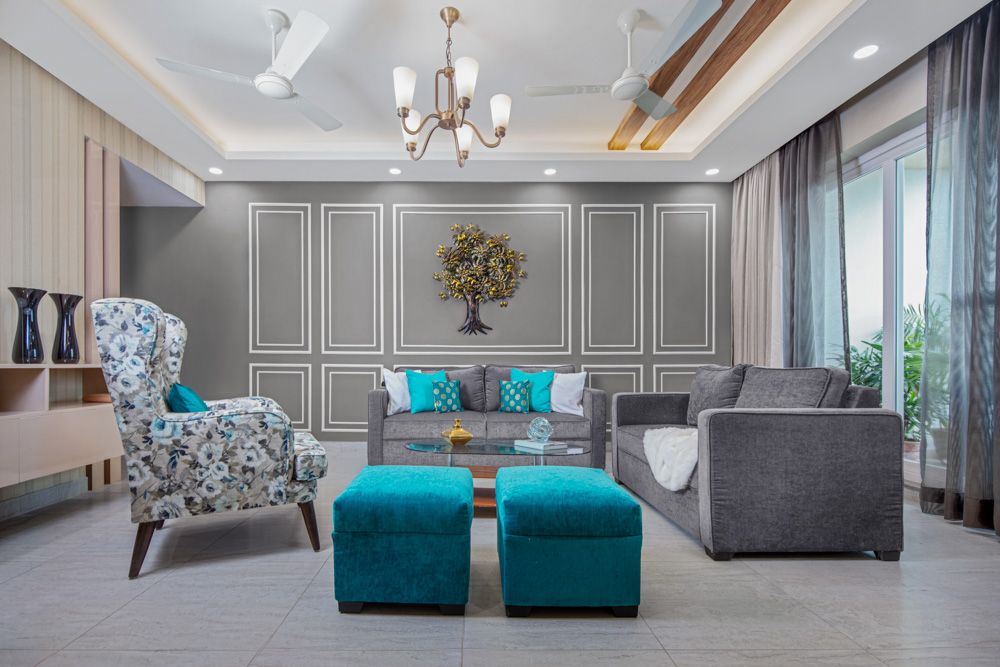
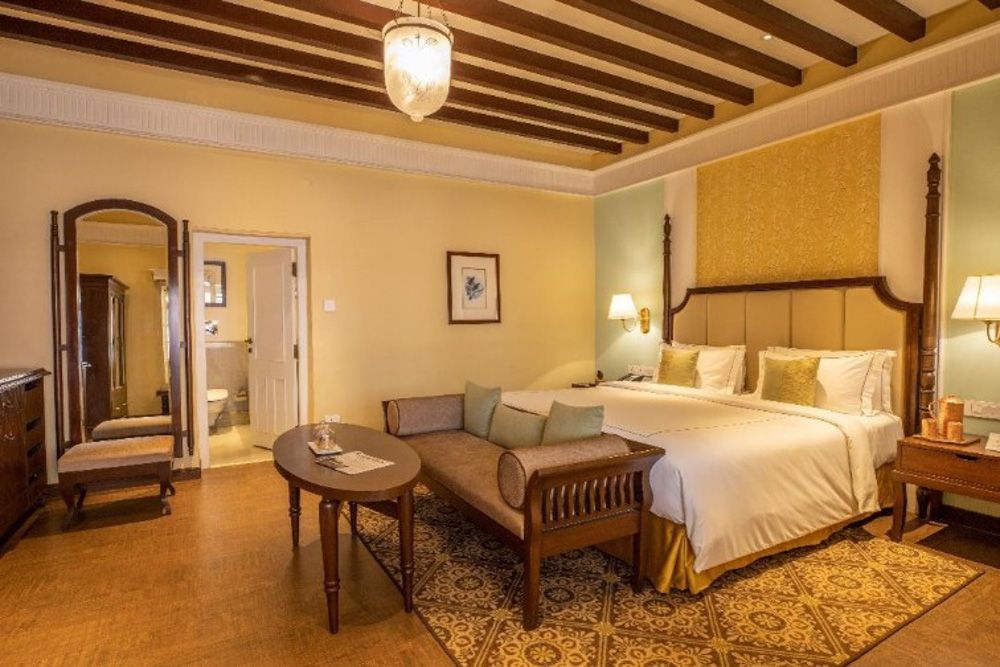
The 1990s saw a significant shift in the contemporary design sensibilities of the preceding decades, which now prioritised softer colour schemes and sleeker shapes. Both the Internet and the modern digital era were just getting started. So, technology had a big impact on the creation of interiors designs. Many 1990s designs are still in use today, and many contemporary Livspace homes still have the iconic “90s” appearance that was so in vogue.
In line with how function takes precedence over form, designers combined the simple and natural furnishings with muted beige and yellow tones. Natural elements like wood and weave made the home interiors more earthy. Additionally, in the 1990s, the wallpapers, wicker, ornamental paintings, and patterns show how interior design has changed over time. Kitchen countertops and cabinets began to use natural wood items in the second half of the 1990s.
Changes in Interior Design Over Time: The 2000s
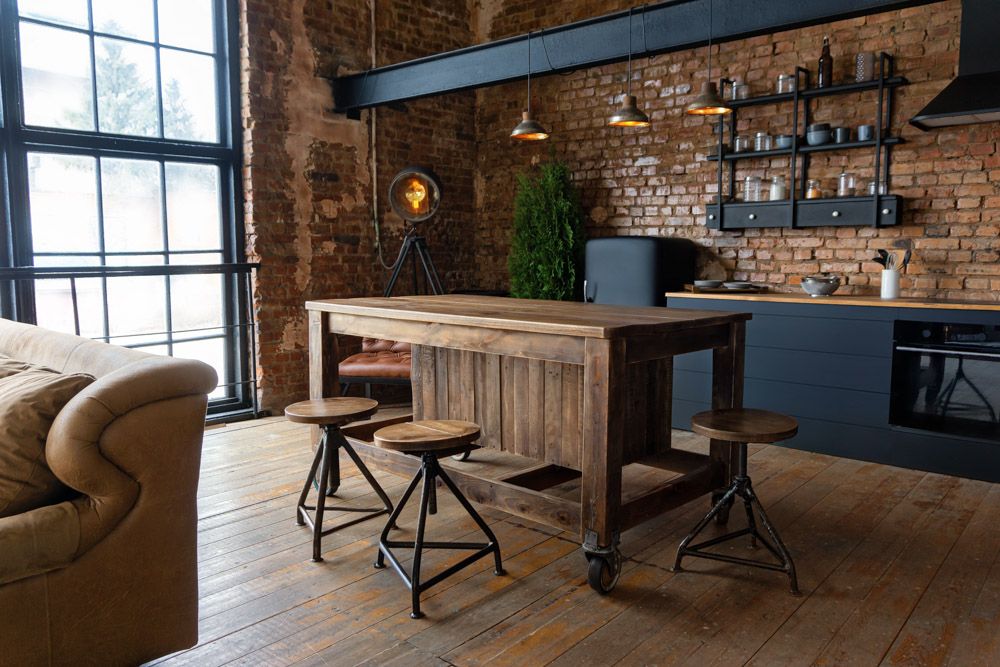
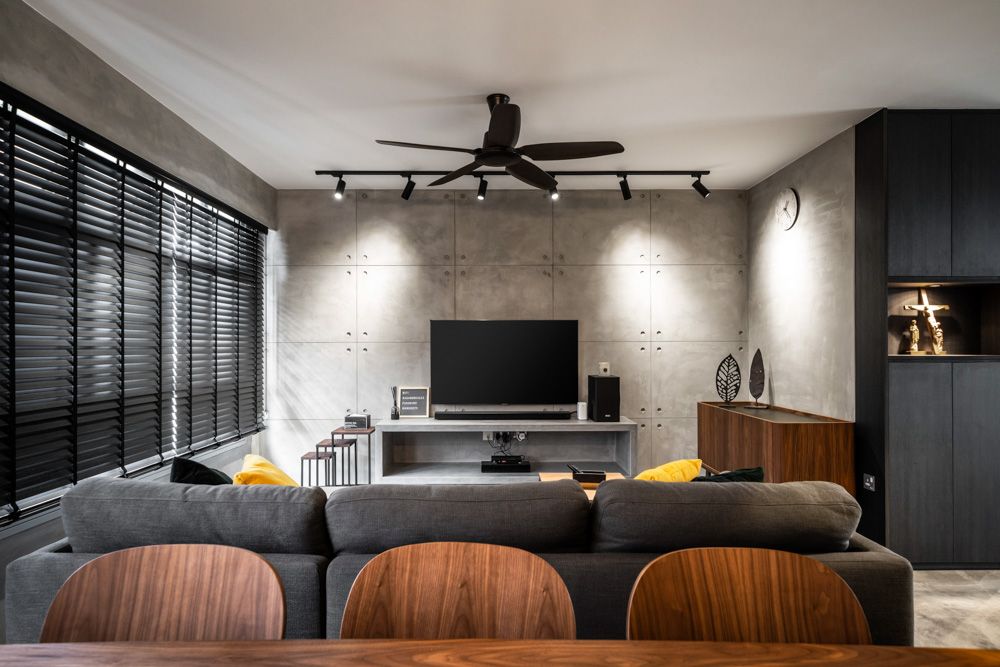
The key highlights for how interior design has changed over time in the 2000s include combining the old or vintage with the new. This is the era when industrial design rose to popularity. Here, the interior design blends the old with the contemporary setup. If you want to see an example of how interior design changed over the years in the 2000s, think of traditional wooden furniture designs in a modern industrial home setup.
People preferred simple and elegant styles rather than ones dominated by loud patterns and busy motifs. Therefore, a contemporary, industrial and minimalistic design scheme was the key highlight of this decade. Livspace has been the most promising design partner for such homes.
Also read: What is the Cost of Hiring an Interior Designer?
Changes in Interior Design Over Time: The 2010s
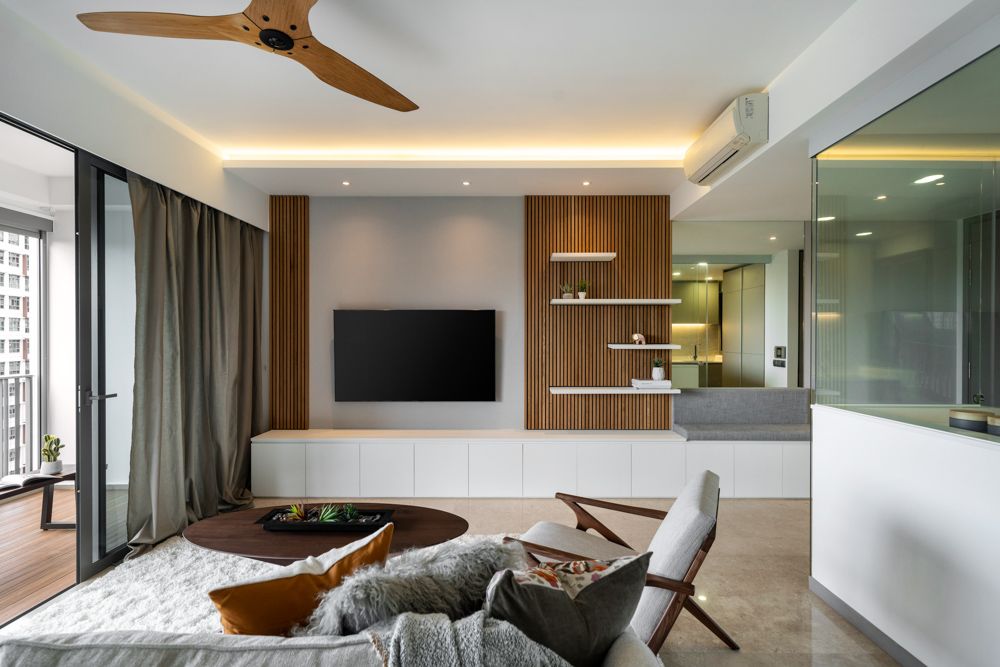
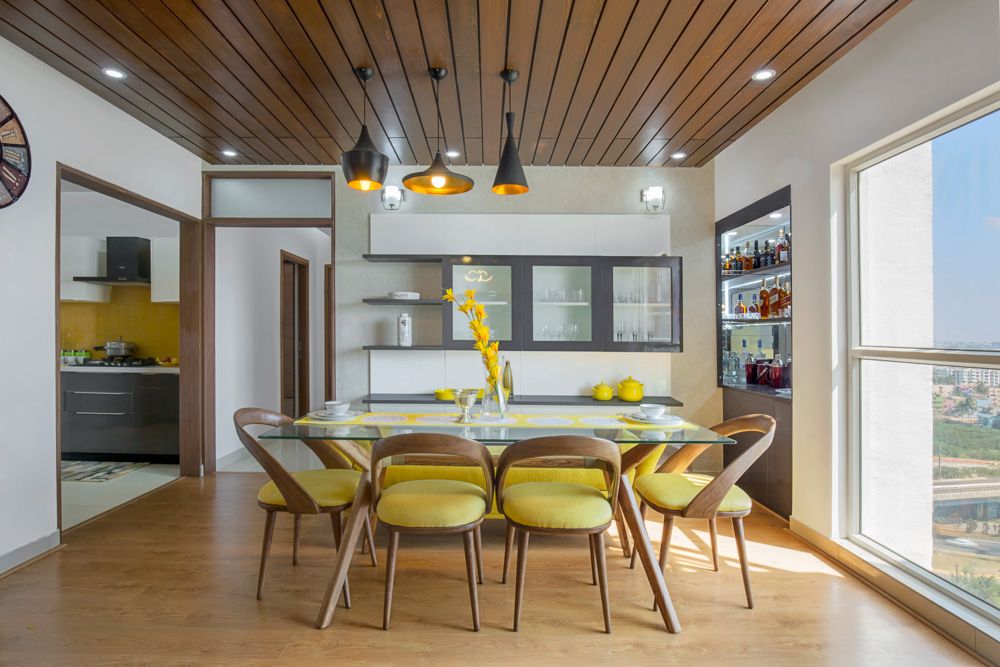
How has interior design changed over the years in the 2010s? People started using cell phones more than ever and they were used to operate all of the home’s technology. Moreover, the houses began to evolve into “smart homes”. The 2000s interior design, also called ‘millennial interior design’, focused on the use of a gentler and natural colour scheme. While interiors became elegant and simple, furniture was continuing to be multipurpose and utilitarian for people’s shifting lifestyles.
Scandinavian minimalism, rustic designs and the use of neutral wall colours were the most popular interior design trends. The home design became more “homey” during this decade.
Emerging Trends of 2020s
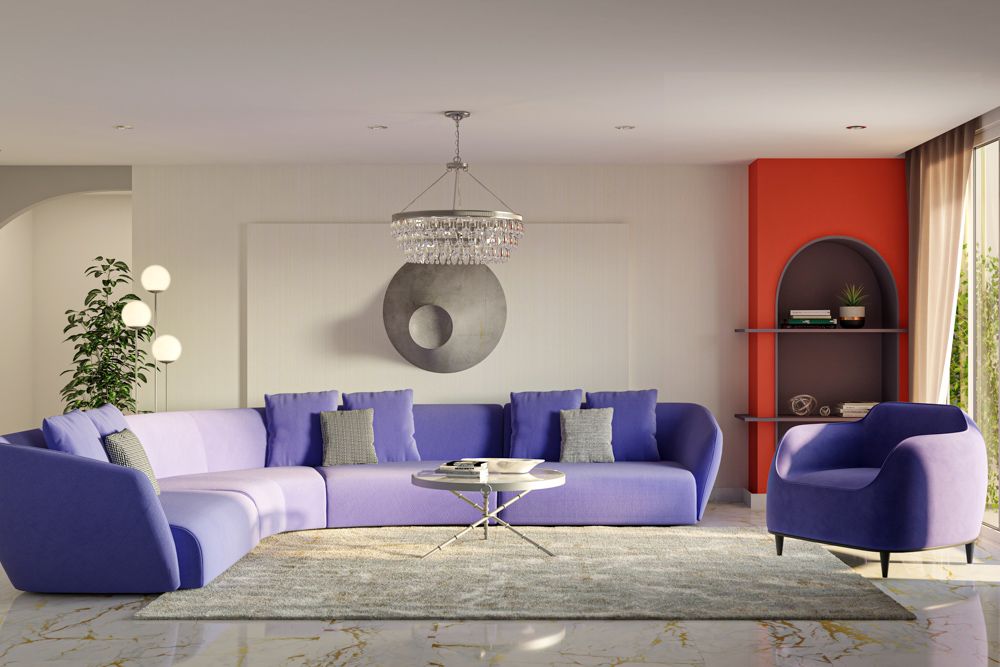
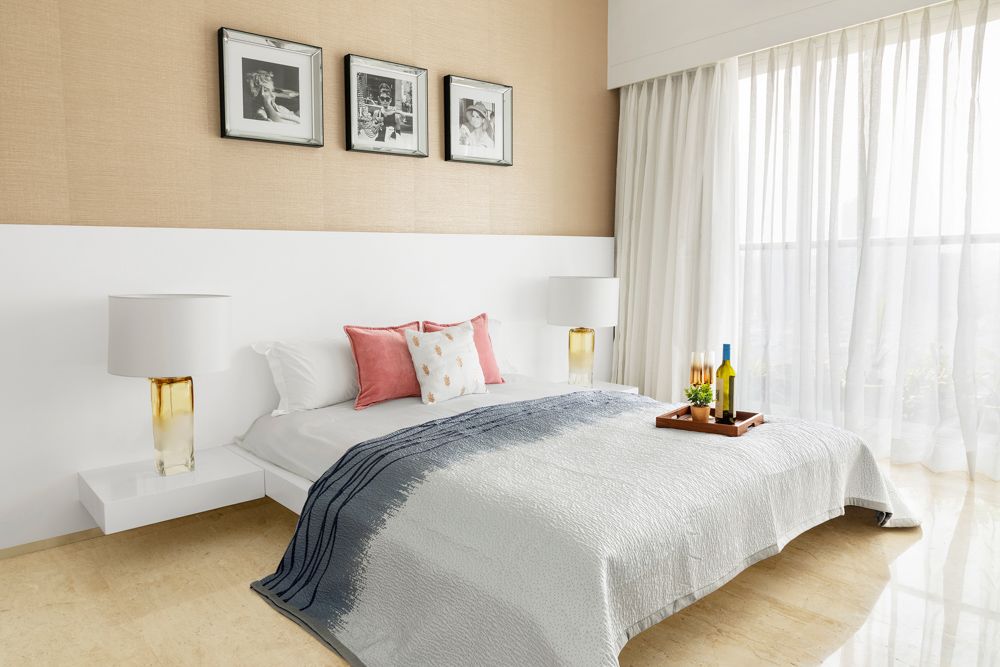
The world has changed dramatically over the last few years. There are two types of properties emerging in India – private properties and rental properties. The private properties still continue to be luxe and well designed. Rental properties, on the other hand, are designed with less focus on interior designs, and rather creating a practical space within the smaller area. Whichever group you are in, Livspace designers will be happy to help.
Ironically, more people are looking at the past for design inspiration, resulting in retro lifestyles that place a greater emphasis on their own cultural tastes than on maintaining the status quo. The use of neutral wall colours, farmhouse and cottage aesthetics, Scandinavian minimalism, and rustic settings with exposed brick walls, TV units and chimneys are the focal points. With a lot of home decor magazines available these days, design trends like Pantone colours are also gaining traction.
Check out this minimal and luxe home:
How Can Livspace Help You Transform Your Home?
Thinking of renovating your own home with the latest design trends? Our designers can help you come up with new and unique interior designs. Book an online consultation with Livspace today.
If you want to know how our customers feel about working with Livspace, you can check out the Livspace reviews here!
Send in your comments and suggestions to editor@livspace.com

